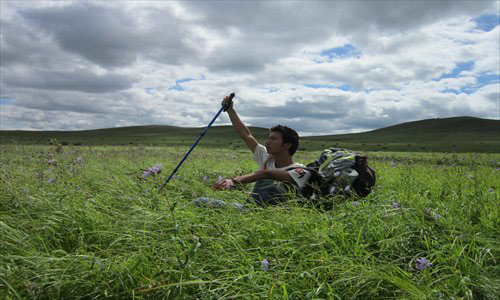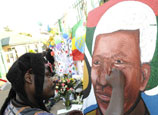
 |
| During his gap year after college, Fan Chang trekked across China and southeast Asia. He visited the Hulunbuir Grasslands of the Inner Mongolia Autonomous Region in July 2012. |
Gap year fever spreading
Taking a gap year is common practice in countries such as the UK, Australia and Israel. Many students kick off their gap years before, during or after higher education. They might spend a year or a few months traveling, volunteering or learning new skills abroad. Rather than a 12-month party, the gap year is meant to be a constructive period of self discovery and improvement.
The gap year concept has became better known in Chinese culture over the past decade, aided by travel texts from amateur writers and photographers such as Sun Dongchun, who penned The Belated Gap Year in 2009.
Sun, now 32, quit his job as a landscape designer in Guangzhou, Guangdong Province, and spent 13 months traveling in southeast Asia and western China in 2006 and 2007 after being inspired by his international friends. The book triggered a very vocal response from readers, many of whom are young Chinese students yearning for adventure while cooped up in schools.
Though the trend is on the rise for Chinese grads, industries have not yet sprouted up around gap years like they have in the West. Many Western gappers plan out their journeys with consulting agencies or experienced gappers. Chinese adventurers, on the other hand, may have to be more entrepreneurial, instead seeking out platforms such as the Gap Year group on Douban, a youth-oriented social networking site.
For domestically-bound gappers, volunteering to teach at schools in the Tibet Autonomous Region or Yunnan Province or engaging in environmental protection in western China can be fascinating options for a year of exploration.


















 A university graduate's shepherd career
A university graduate's shepherd career


![]()
